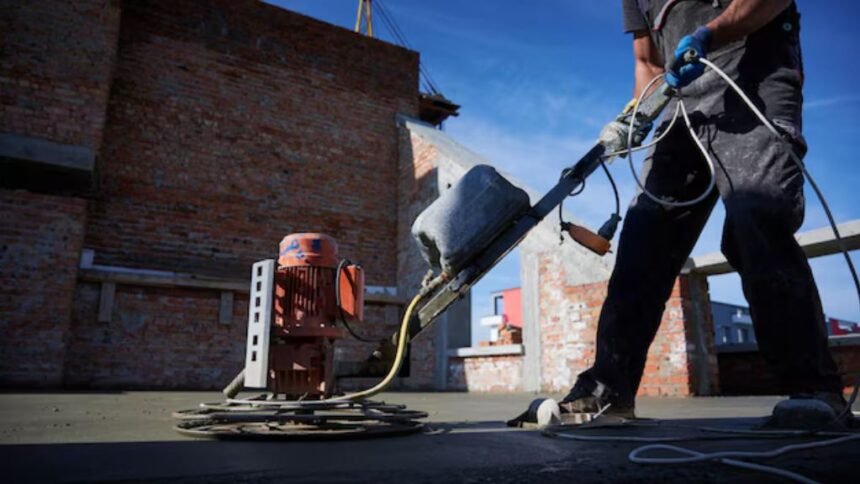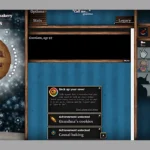If you’re just getting started with the construction or maintenance of buildings, it helps to know the very basics of concrete screed and its uses. Concrete screed is a very resultant aspect in constructing houses on most levels and durable works for different types of projects. In this beginning guide about basic knowledge of concrete screed, we will discuss what screed concrete is, how it is used, and its applications in building construction and maintenance.
What is a Concrete Screed?
One may even consider concrete screed as a layer of material laid on a floor base in a smooth, level, and supportive manner for the covering or finishing of the floor. Examples include tiles, hardwood, vinyl, and carpet, and screed can be a mix between sand, cement, and water, often applied in a semi-liquid state, levelled, and then smoothed out with tools.
Screeding Process:
The process of screeding involves the following steps:
- Surface Preparation: It is necessary to prepare the substrate before applying the concrete screed. This could be done by cleaning the surface of debris; it should be dry, and perhaps a bonding agent should be used to assist adhesion.
- Mixing: The concrete screed mixture is prepared by mixing sand, cement, and water to the desired consistency. The mixture has to be workable but not too wet.
- Application: This is the poured mixed screed onto the prepared surface and spread evenly using floats, trowels, or screed boards, later levelled to achieve the desired thickness and smoothness.
- Screeding: Once the screed is levelled, it is generally further smoothed over with a float or trowel to remove any imperfections and achieve a uniform plane.
- Curing: Once screed, the concrete should be left to cure and get its strength. The time it takes depends on the prevailing temperature and humidity.
Applications of Concrete Screed:
- Flooring: Among the more common uses for concrete screed is as a flooring base. It provides a smooth and plane surface upon which tiles, wood flooring, carpet, or whatever other floor covering might be chosen can be laid.
- Underfloor Heating: Concrete screed is often used in conjunction with underfloor heating systems. The screed helps to distribute heat evenly across the floor surface.
- Repairing and Leveling: Concrete screed can be used to repair and level uneven or damaged floor surfaces, providing a new, even substrate for further finishes.
- External Paving. Screed is used in an external area, such as a driveway patio. It may be used as a base upon which the stones or tiles are laid on.
Self Leveling Screed Versus Traditional Screed
Alongside the typical type of concrete screed, there also exists a self-leveling screed. It means a ready-mixed screed that spreads on its own as well as auto-levels itself during the time it is applied. Therefore, it requires minimal effort at the time of application. It is also used when one needs to have a much-level surface extremely fast.
We need to dig deep to understand the difference between the regular concrete screed and the self-levelling screed for your excellent choice in your work. Traditional concrete screed is where you mix sand, cement, and water to make a workable mix that is applied on top of the substrate. Traditional screed provides versatility and options for customization and is used both indoors and outside, hence ideal for levelling rough surfaces. Although traditional screed concrete gives excellent strength and durability, this is often labor-some and sometimes very time-consuming.
On the contrary, self-levelling screed creates level surfaces much faster and more efficiently. This screed is poured on the floor surface, applies itself instantly, and settles into a level finish. Self-levelling screed is adopted when the work must be fast and accurate. It dries out and is applied fastly. Still and all, it might not be used for major levelling work or correction of considerable unevenness. Knowing the difference between each of these choices will better equip you with the knowledge to select the one that is best for your job to ensure a successful application and long-lasting flooring surface.
Conclusion
Concrete screed is just one of those catch-all, versatiown, materials for construction and building maintenance. Whether you’re screeding a new floor, repairing an old one, or simply just preparing a surface for further finishes of whatever sort, a few screeding basics can serve you very well. With proper techniques and materials, you can achieve perfect, level surfaces that contribute to your quality construction project.



